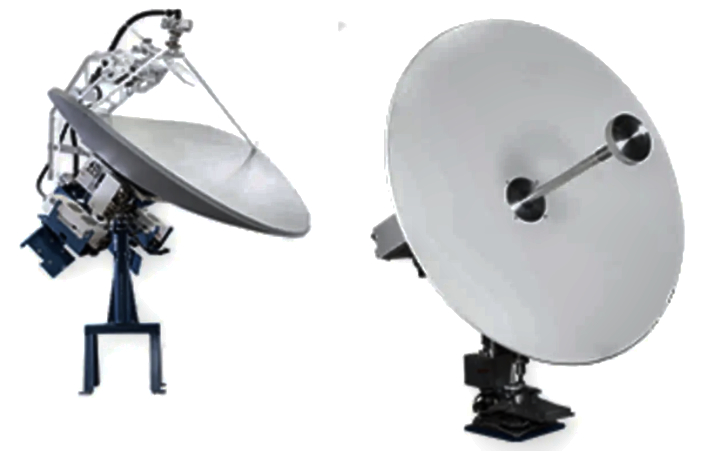
Cobham Satcom has received a purchase order from a leading U.S. prime contractor that has a minimum value in excess of $12 million, with annual renewal options for additional units.
The contract provides the acquisition of nexgen maritime antennas from the Cobham Satcom Sea Tel product line to support the United States Government and the Department of Defense programs for improved fleet operations and communications. The systems provide unique signal processing capabilities or exploitation functionality and enable maritime performance by providing the ability to disrupt, deny, degrade, and defeat (state and non-state) adversaries’ use of radio frequency spectrum.
The systems will be deployed supporting Assured Command and Control, Battlespace Awareness, and Integrated Fires.
The Sea Tel products are recognized for rugged, highly reliable stabilized marine antenna systems, enabling satellite communication and tracking capabilities in the harshest environments. The radome-protected antennas are available in a range of sizes from under 1 to 3.7 m.

With single and multi-band, multi-orbit capabilities and highly accurate LEO, MEO, and GEO tracking, they provide robust connectivity and unmatched resiliency. Sea Tel and TRACKER systems are manufactured in the US and are recognized for rugged, highly reliable stabilized marine antenna systems that enable satellite communication and tracking capabilities in the harshest environments and are extensively deployed by US and NATO navies and coast guards.
Cobham Satcom is enabling a new level of flexibility and resilience with a range of antennas for multi-orbit, multi-band, multi-network capabilities whether fixed-use or on a mobile platform. Combining robust design with resilience, the GDS product lines of the Tactical TRACKER portfolio, Sea Tel maritime terminals, and TRACKER GD gateways provide mission-critical satellite connectivity for naval and land-based military and civil operations as well as fly-away applications that comply with MIL-SPEC Environmental and with EMI/EMC requirements.
